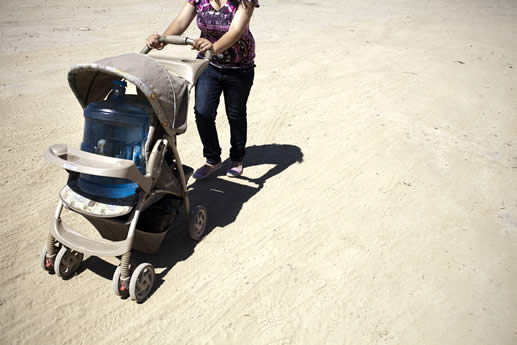 Roberto Guerra
Roberto Guerra
A newcomer arriving into California’s San Joaquin Valley – the most lucrative and industrialized agricultural region in the United States – might think that the entire place is burning. On the horizon in all directions the brown hue of the air suggests a distant fire. As the traveler advances along, say, Highway 99, the fire appears to peel away, a deep stain floating off in the distance, as if forever clinging to the edges of the sky. Upon moving farther in, one slowly realizes that the blaze does not recede. The traveler does not move toward the fire, but within it.
The arid San Joaquin Valley has some of the worst air pollution in the country, a daily cloud of smog and soot that rises from interstate automobile traffic, the belching of a few million cows packed into mega-dairies, the incineration of toxic waste, and the constant fueling of irrigation pumps and food processing plants – all weaving a faded yellow curtain that hangs in the air.
In a region where so much is burning, nothing is more valuable than water.
ZNetwork is funded solely through the generosity of its readers.
Donate
